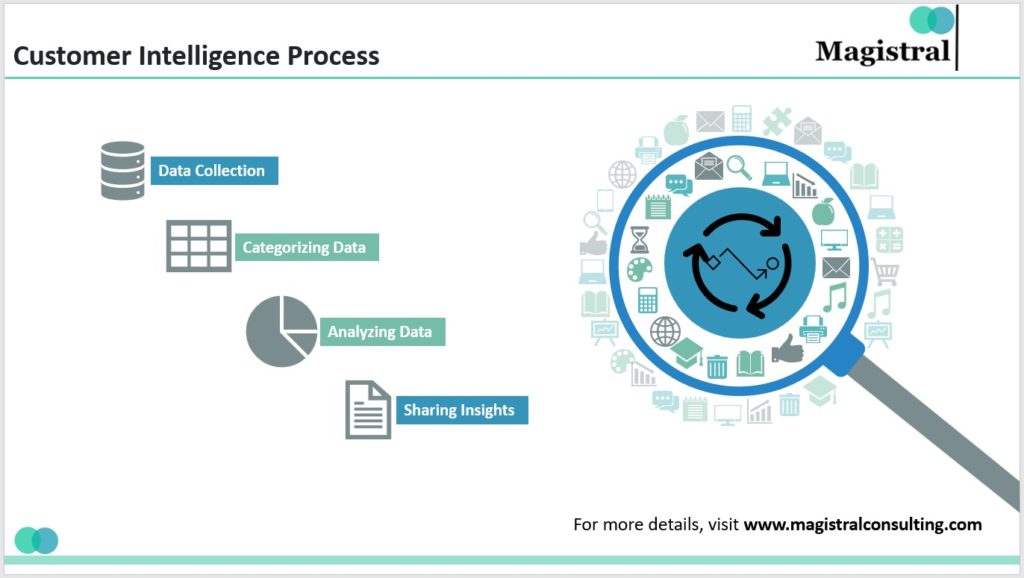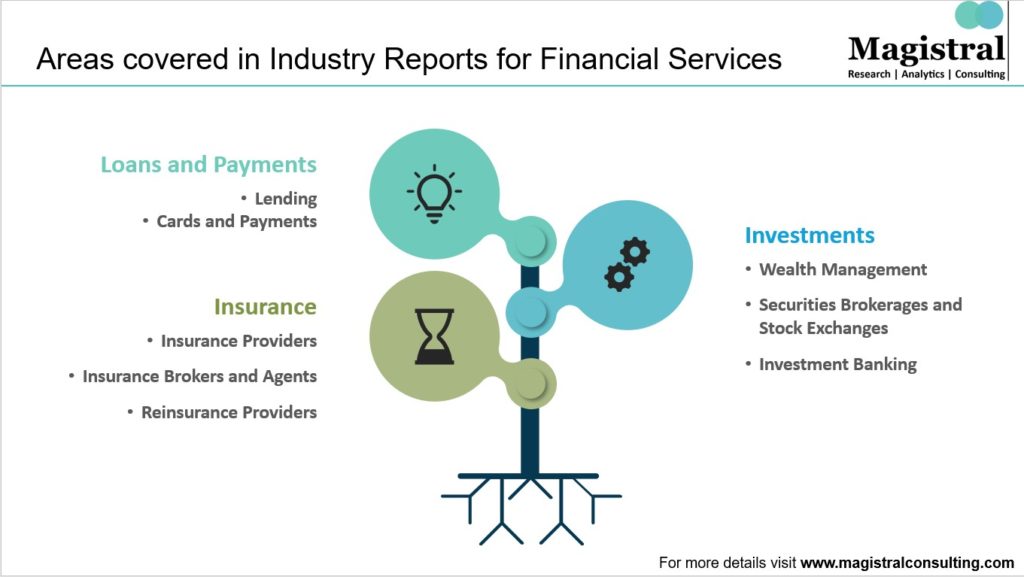Introduction
Trend Analysis is a critical tool used in various industries to identify patterns and changes in data over time. It is a powerful method that allows businesses, governments, and individuals to make informed decisions based on historical data. Trend analysis involves identifying trends, patterns, and changes in data, which can then be used to make predictions and inform decision-making processes. It is widely used in marketing, finance, and economics to understand market trends, investment patterns, and consumer behavior.
The ability to identify long-term trends and patterns that might be challenging to identify in the short term is one of the main advantages of trend analysis. Trend analysis can spot both upward and downward trends by examining data over time, giving businesses the information, they need to decide on their future business strategies. For instance, companies can use trend analysis to forecast sales patterns, spot market opportunities, and make wise product development choices.
It is particularly useful in industries where data is abundant and constantly changing. In finance, for example, trend analysis is used to analyze stock prices, identify patterns in investment trends, and make predictions about future market performance. Similarly, in the healthcare industry, trend analysis is used to identify patterns in disease outbreaks, track the spread of infectious diseases, and develop effective strategies for managing public health crises.
To perform, businesses and organizations typically use a variety of tools and techniques. These can include statistical software, data visualization tools, and predictive modeling techniques. In some cases, businesses may also enlist the help of data analysts and experts to interpret data and develop actionable insights.
In general, its is an effective tool that can assist companies and organizations in making decisions based on past evidence. Trend analysis can help businesses remain ahead of market trends, make educated decisions about product development, and maintain competitiveness in a market that is constantly changing.
Types of Trend Analysis
Trend Analysis is an essential tool for forecasting and predicting future trends in various industries. The primary goal of trend analysis is to identify patterns and trends that can help organizations make informed decisions. There are several types of trend analysis that businesses use to predict future trends in their industry. Here are some of the most common types of trend analysis:

Types of Trend Analysis
Time-series Analysis:
Time-series analysis is a statistical method used to identify trends in data over time. This type of trend analysis is commonly used in finance, economics, and engineering. Time-series analysis involves studying historical data to identify trends, seasonal patterns, and cyclical patterns.
Seasonal Analysis:
Seasonal Analysis is a type of trend analysis that focuses on identifying patterns in data that repeat on a seasonal basis. This type of analysis is commonly used in retail, agriculture, and tourism industries. Seasonal analysis involves studying historical data to identify trends that occur during certain seasons.
Cross-Sectional Analysis:
Cross-sectional Analysis is a statistical method used to compare data across different groups or populations. This type of analysis is commonly used in marketing and social sciences. Cross-sectional analysis involves studying data from different groups or populations to identify trends that exist across those groups.
Regression Analysis:
The statistical technique of regression analysis is used to determine the connection between two or more variables. In the fields of business, economics, and social sciences, this kind of analysis is frequently used. The goal of regression analysis is to find trends and patterns in the relationships between two or more factors by examining historical data.
Content Analysis:
A qualitative research method used to analyse written or spoken language is content analysis. In the media, communication, and marketing industries, this type of analysis is common. The study of language used in media or communication to identify trends and patterns in how people talk about certain topics is known as content analysis.
Comparative Analysis:
Comparative Analysis is a technique for comparing data from different time periods, groups, or populations. This type of analysis is common in finance, economics, and the social sciences. Comparative analysis entails examining data from various time periods, groups, or populations to identify trends that exist across those time periods or groups.
Trend analysis is a vital tool for businesses to forecast upcoming trends and make wise choices. The various trend analysis techniques covered above can be used to spot patterns, seasonal trends, and connections between various factors. Organizations can keep on top of trends and compete in their sector by using these types of trend analyses.
Benefits of Trend Analysis
The following are the benefits of utilizing trend analysis:

Benefits of Trend Analysis
Understanding Industry Trends: Trend analysis services help businesses stay on top of industry trends by analyzing data and identifying patterns. This can help businesses identify emerging trends before their competitors and adapt their strategies accordingly.
Identifying Market Opportunities: By analyzing trends in the market, trend analysis services can help businesses identify new market opportunities. This can help businesses expand into new markets or develop new products and services that meet changing customer needs.
Predicting Future Trends: Trend analysis services use statistical methods and predictive analytics to forecast future trends. This can help businesses plan for the future, adjust their strategies, and make informed decisions.
Monitoring Competitors: Trend analysis services can help businesses keep an eye on their competitors by analyzing their strategies, pricing, and marketing tactics. This can help businesses identify areas where they can gain a competitive advantage or adjust their strategies to stay ahead.
Identifying Risks: By analyzing trends in the market and the broader economy, trend analysis services can help businesses identify potential risks and threats. This can help businesses prepare for economic downturns or changes in the market and adjust their strategies accordingly.
Enhancing Decision-Making: Trend analysis services provide businesses with data-driven insights that can help them make better decisions. By providing accurate and timely information, trend analysis services can help businesses stay agile and respond quickly to changes in the market.
Customized Solutions: The analysis services can be customized to meet the specific needs of individual businesses. This can include analyzing data from different sources, using different analytical tools, and providing tailored reports and recommendations.
Cost-Effective: Trend analysis services can be cost-effective for businesses, as they can provide valuable insights without requiring significant investment in data analytics tools and resources.
Magistral’s Services for Trend Analysis
The following are some of the most important trend research services that are offered:
Market Research: Gathering and analyzing data on consumers, rivals, and market trends constitute a crucial analysis service. Businesses can use this information to find fresh market opportunities and make wise choices.
Social Media Monitoring: Social media surveillance entails keeping an eye on social media sites for mentions of a company or its rivals. This can offer insightful information about the attitudes, trends, and tastes of customers.
Customer Analytics: Analyzing consumer data to find trends and patterns in customer behavior is known as “customer analytics.” Businesses can use this to increase client engagement, create targeted marketing campaigns, and pinpoint problem areas.
Financial Analysis: Financial analysis examines financial data to discover trends and patterns in business performance. Businesses can use this to identify cost-cutting opportunities, boost profitability, and make sound investment decisions.
Predictive Analytics: Predictive analytics employs statistical techniques and machine learning algorithms to forecast future trends. This can help businesses predict market trends, anticipate customer needs, and adjust their strategic plans accordingly.
Industry Analysis: Data on market patterns, rivalry, and legislative changes are analyzed in industry analysis. This can assist companies in staying current with market trends and making wise strategic choices.
Data visualization: The process of displaying complex data in graphic forms such as charts, graphs, and dashboards is known as data visualisation. This allows organisations to quickly identify trends and patterns in large data sets and then make decisions based on those insights.
About Magistral Consulting
Magistral Consulting has helped multiple companies to reduce operations costs through its offerings in Marketing and Strategy Support.
For setting up an appointment with a Magistral representative visit www.magistralconsulting.com/contact
About the Author
The article is Authored by the Marketing Department of Magistral Consulting. For any business inquiries, you could reach out to prabhash.choudhary@magistralconsulting.com













